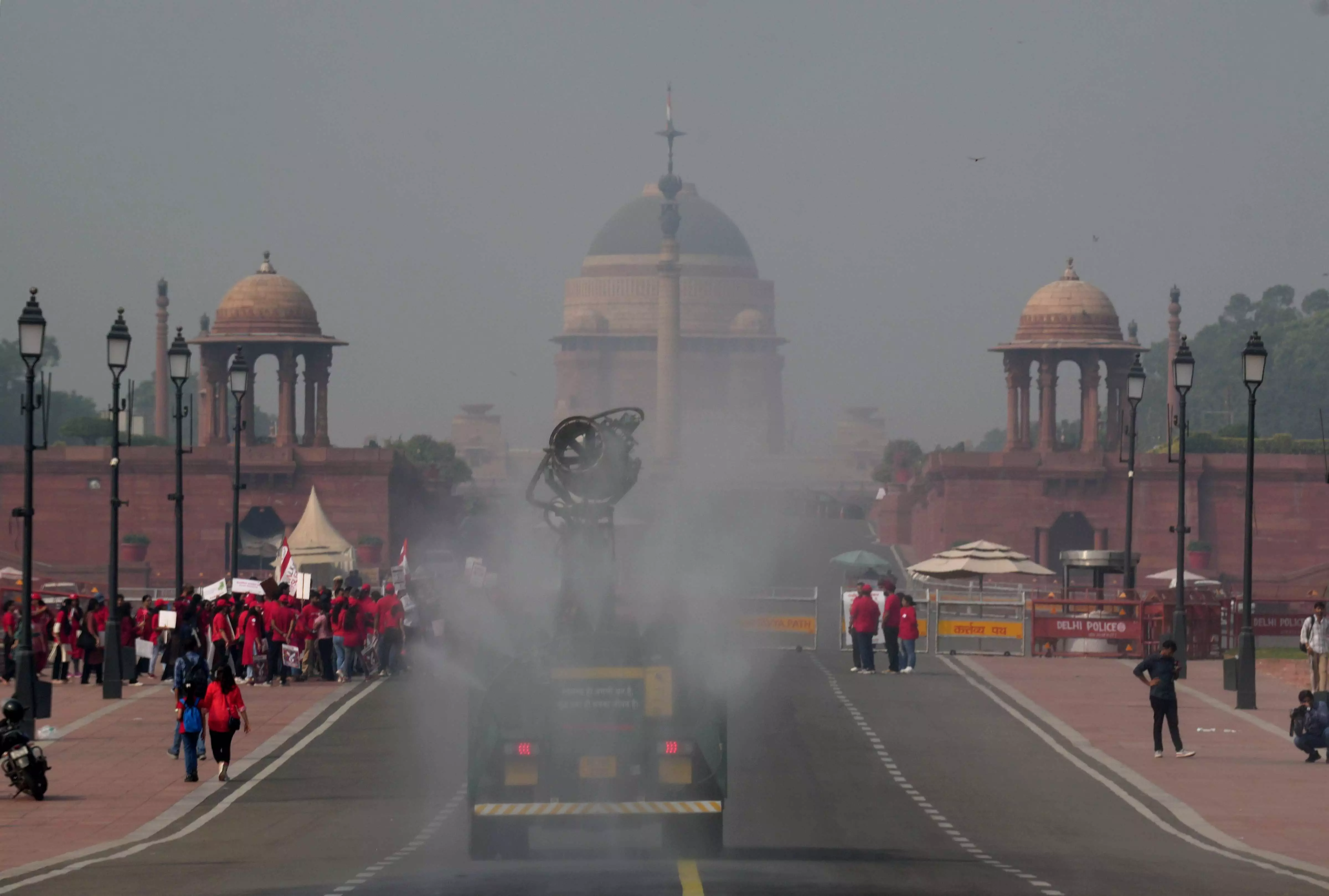Bittersweet Diwali

Diwali in Delhi has for long been a bittersweet affair—a time of celebration that is marred by the harsh reality of air pollution. On Diwali night this year, despite a ban on firecrackers, numerous neighbourhoods erupted with the sound of fireworks, and soon, the city was blanketed in thick smog. The otherwise joyous night became a painful reminder of how thin the air is that Delhiites breathe during winter. Delhi has enforced a firecracker ban for five consecutive years, with an aim to prevent the annual spike in toxic fumes. But enforcement alone has clearly not done the job. This year too, the city took extensive measures—nearly 400 enforcement teams, backed by police and resident welfare associations, were deployed to ensure compliance. Yet as residents burst firecrackers across the city, it became clear that compliance was patchy at best.
The consequences of ignoring the restrictions may have long-lasting effects on public health and the environment. On Thursday night, Delhi’s PM2.5 levels—a harmful fine particle that can penetrate deep into the lungs—rose to hazardous concentrations. For perspective, the World Health Organisation’s recommended PM2.5 limit is 15 micrograms per cubic meter over a 24-hour period, but in some parts of Delhi, it shot past 200 micrograms—over ten times the safe limit. Health experts have consistently warned that such levels can lead to spikes in respiratory illnesses, especially in children, the elderly, and those with pre-existing conditions. But it’s not just the firecrackers that create the problem. Diwali coincides with the onset of winter, a time when weather patterns trap pollutants close to the ground. Add to this the persistent issues of stubble burning from Punjab and Haryana, vehicular emissions, and construction dust, and we have a recipe for toxic air. Each year, Delhi’s November air quality worsens, and this year has been no different. What Delhiites are witnessing is the result of a cycle—a cycle that plays out every year and raises questions about our ability to break it. Banning firecrackers is certainly a step in the right direction, but it’s only part of the solution. Tackling Delhi’s pollution problem requires a more comprehensive approach. On the contrary, year after year, Delhiites remain stuck in a holding pattern.
To sum up, the persistence of firecracker usage on Diwali points to the need for cultural as well as legal changes. Celebrating Diwali without firecrackers might be unthinkable for some, but the stakes are high. If Delhi is to improve its air quality, it needs a shift in public behaviour, which can only be achieved through consistent awareness campaigns and community engagement. Legal enforcement can work only if people are convinced of its necessity. The problem is not just limited to Delhi alone. Other cities, like Ghaziabad and Gurugram, are experiencing the effects of Delhi’s pollution. A coordinated, multi-state approach is crucial if we are to tackle pollution sustainably. This requires government support and innovation in crop residue management—steps like promoting decomposers and technology to reduce the need for burning. Delhi's struggle with air quality is perhaps an urgent issue, and while short-term measures like firecracker bans can help, the real challenge is building a culture of environmental responsibility. There is a need for real change to reclaim people’s right to breathe clean air.



